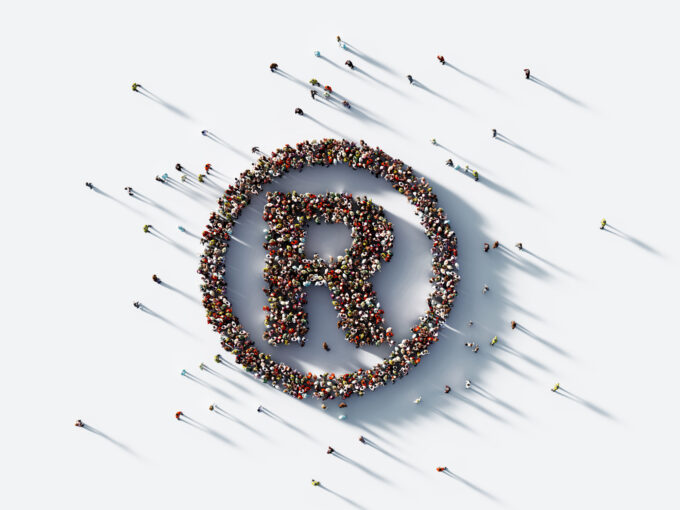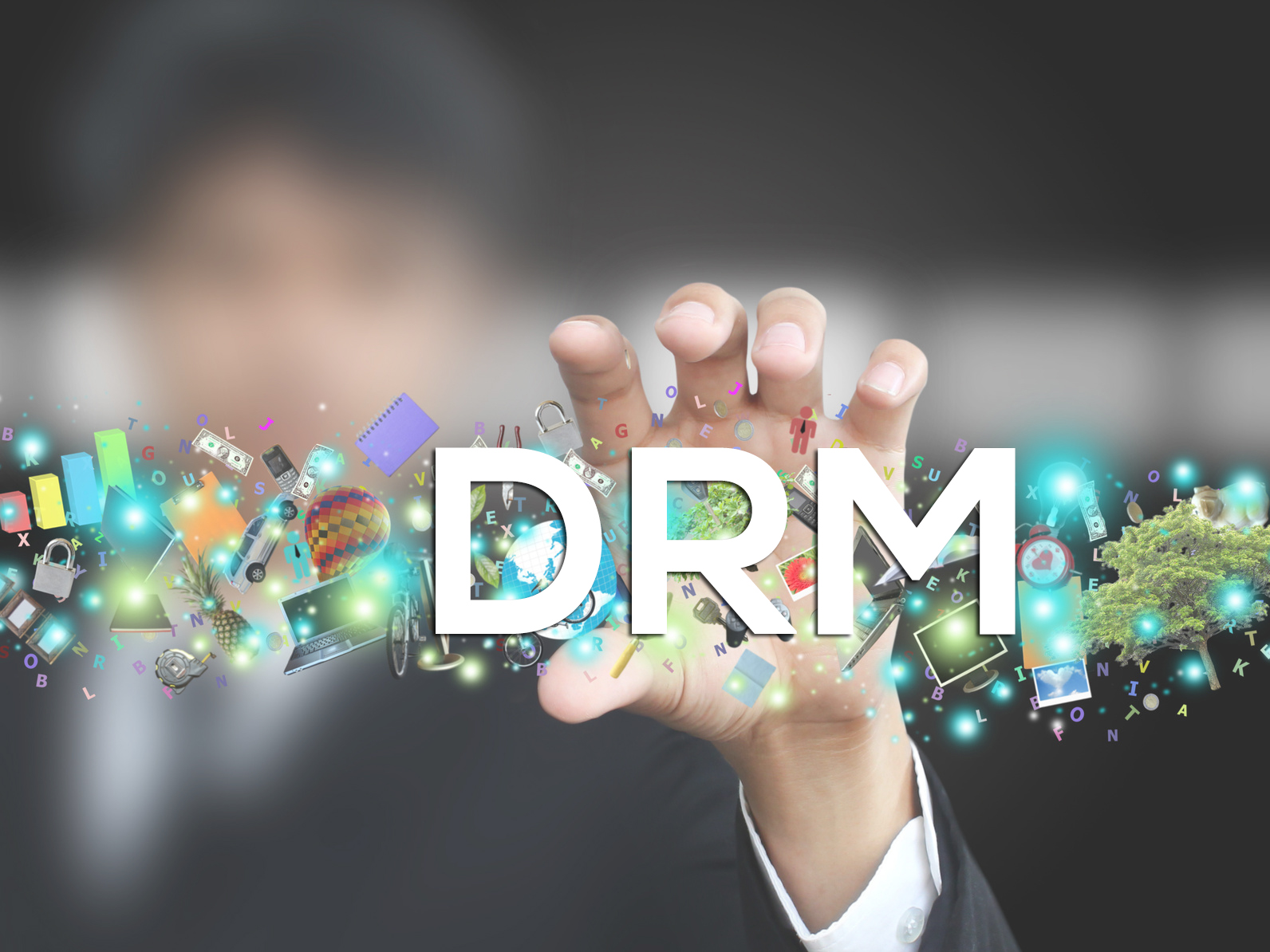Due to technological development and increasing reliance on the Internet, businesses have to pay more attention to content protection to survive in the tough market competition. Although Digital rights management (DRM) is a helpful tool to keep valuable information safe from unauthorized access and distribution, many companies are still hesitating whether to implement it for their digital content protection.
Thus, in this article, we will clear up what DRM is and how it works to resolve any ambiguities about this data protection solution.
How DRM Differs From Encryption

Despite being interconnected, DRM and encryption are different concepts. Encryption is a process of converting a readable “plaintext” into an incomprehensible “ciphertext” so that only authorized users can decrypt it.
DRM, in contrast, is a complex tool consisting of various elements, including encryption.
What is more, while encryption focuses on preventing unauthorized users from viewing and modifying digital content, DRM offers companies much wider opportunities. For example, they can control content sharing and printing, prevent users from taking screenshots, set content expiry time, etc.
Summing it up, DRM is a complete strategy, while encryption is a part of it.
How Does DRM Work?

Digital rights management is an efficient approach to prevent digital content piracy. Besides being widely used by content-providing companies, it can be used in movie and music production to restrict streaming or downloading files, in gaming to limit downloads on multiple devices, etc.
Modern DRM can be a software or a hardware solution. Though, the main goal of both is to help companies protect and control their valuable digital content. DRM achieves this aim by using:
- Encryption by default that allows access to digital content only to authorized users.
- Control. It’s necessary to comply with particular requirements, the secret key is tied up with, to use it for decryption.
- Authentication. To access digital content, users have to provide authentication information.
- Enforcement. Users’ authentication information is continuously checked to ensure license validity.
The process of Digital rights management consists of four steps:
1. Encoding. Digital content is being encoded into adaptive streaming formats.
2. Encryption. Digital content is encrypted and can only be unlocked using a secret encryption key from one or many DRM providers.
3. Authentication. When a user wants to receive access to content a DRM client communicates with a server to make sure that the license is valid.
4. Validation. After passing authentication, users receive a validation token, and their device gets permission to decode the content.Why You Need To Use DRM For Content
Protection

DRM has gained huge popularity because it provides companies with a wide choice of solutions to safeguard their content and minimize piracy. DRM can be used to control and limit:
- number of times the digital content is downloaded;
- number of devices used to view the content;
- number of activation;
- access time to view the content, etc.
To perform these digital rights management functions companies utilize a vast variety of strategies and technologies that can be implemented at different levels, offering various degrees of protection, depending on the project needs. Here are some of them.
Copy protection is a popular e-publishing solution that helps protect valuable content (e-books, documents, etc.) from copying, printing, and distributing by encrypting it so that only devices with the right digital key can decrypt it. You can find a few e-publishing solutions here.
Permission management is a DRM strategy that limits or gives permissions to use a particular digital content. It may implement such technologies as regional restrictions, IP authentication protocols, digital watermarks, etc.
DRM Use Cases

DRM has helped many companies from various spheres keep their valuable assets away from illegal copying, alterations, and use. Here are some common examples of DRM in practice:
1. Sensitive data protection. Many companies implement it to safeguard their sensitive information such as business plans, employee data, contracts, etc.
2. Compliance with regulations. It is an important tool helping companies comply with data protection regulations such as GDPR in the EU.
3. Digital music protection. Apple company uses DRM for its Apple iTunes Music Store to make sure that only people on authorized devices can play music.
4. Software protection. Microsoft implements DRM to protect its software products. A user should buy a license and input the personal key before installing Windows or Microsoft Office.
How To Choose The Best DRM Provider

There is a great number of DRM providers in the market, helping companies avoid headaches with handling complex DRM solutions. When choosing the DRM vendor for your business, pay attention to the following characteristics.
- Time on the market. Opting for a particular DRM provider, check out how long this company has been operating in this sphere. Moreover, focus on the scale of its previous projects aligning them with your project requirements.
- Support of various content formats. A successful DRM provider should support various content formats, ensuring their seamless interoperability and conversion across different OS (Windows, iOS, Android, and macOS).
- History of deployments. DRM vendors have to provide a proven record of previous deployments, so you can understand whether their solutions meet your business demands.
- Flexibility and support. Efficient DRM providers have to offer scalable solutions that can adjust to different projects. What is more, they should be ready to offer robust and time-efficient support services.
Conclusion
Digital rights management is becoming a popular tool for digital content protection. It helps businesses receive appropriate revenues for their products, ensuring tracking and monitoring of a company’s valuable content.
If you are considering DRM as a content protection tool, it’s important to understand that much of the success depends on the DRM vendor. Thus, when opting for a particular company, ensure that it’s not a novice in the sphere, it has earned a great reputation and can prove it with a record of successful cases. This way, you will be able to keep your content safe, enjoying the greatest benefits with the least of hassle.









